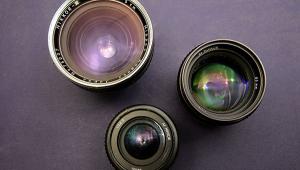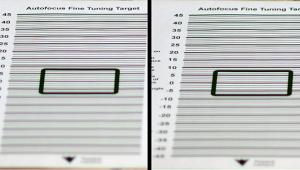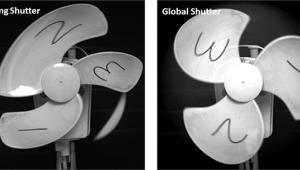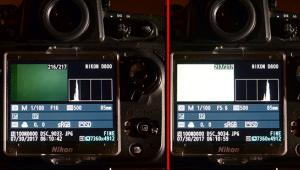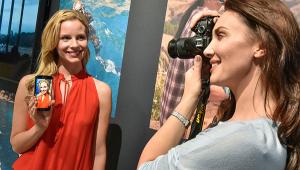Technically Speaking: Understanding Depth of Field
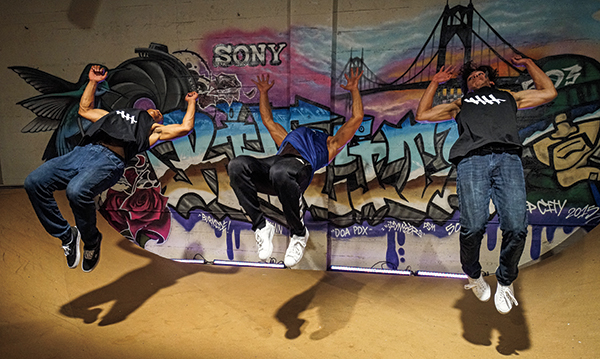
© Dan Havlik
Depending on your photographic interests, depth of field—the range of distances over which your lens will be sharp—can affect you in either propitious or problematic ways. If you’re trying to isolate one face in a group, a shallow depth of field is just what you need. If you’re hoping to capture the drama of a racehorse beating down the track in your direction, then shallow depth of field can turn much of the equine into a befuddling brown blur, no matter how high your shutter speed.
Frankly, you don’t need to know the science that governs depth of field. You can rely on your preview button or those nifty white marks on your lens barrel. But then again, Napoleon ignored the logistics of marching into Russia, and the results were disappointing. It generally helps to understand what’s going on.
Depth of field is really based on a practical compromise. A perfect lens will bring everything at a given distance into sharp focus at the plane of your camera’s sensor. All subject matter either closer or farther will be unsharp. All of it.
However, if the unsharpness is limited—if the catchlight in the eye of your subject is blurred to a blob that’s smaller than one pixel on your sensor—then that person’s face will still appear to be sharp. So objects both nearer and farther than the focus distance can be perceived as being fully in focus.
The possibly surprising implication of this is that depth of field depends on the resolution of your camera (digital or film), as well as the resolution of your output device, whether print or screen. Higher resolution, less depth of field. In techno-speak, it’s all dependent on the “circle of confusion” which—while sounding like a rugby scrum—is actually the size of an out-of-focus point-source blob, such as an eyeball catchlight.
Traditionally, an object was considered sharp if the circle of confusion was less than 0.0014 inches on the film or sensor. That was based on what looked sharp on an 8x10-inch print made from 35mm film. But for a digital camera with 12 megapixels or more resolution, a single pixel is less than 0.0004 inches across. Those depth of field tables that were hunky-dory in film days are a little too generous for today’s high-res digital cameras. The range of acceptable sharpness has shrunk as resolution has grown.
So what to do? Well, you could just rely on the fact that depth of field for any lens increases with higher f/stops, and simply aperture your lens all the way down. This would be a nostalgic tribute to the Depression-era photographers’ collective known as Group f/64. They loved to make shots that were sharp from here to eternity. But stopping down your lens (and you probably can’t go higher than f/22) introduces other causes of fuzziness, principally diffraction. Go easy on the small f/stops.
If you’re the methodical type, you can look up the formulae for computing depth of field and write yourself a program to make tables for all your lenses. Mind you, this has been done about a trillion times by others, so there’s not much point unless you’re also the sort that likes to build your own TV. A more contemporary approach is to download one of the many depth of field apps onto your phone, such as SetMyCamera or TrueDoF.
Some readers will remember that their childhood box cameras had neither f/stop adjustments nor a focus knob. They were “universal focus,” and did the best they could by having lenses fixed at what’s called the hyperfocal distance. For any lens and f/stop, the hyperfocal distance is the focus setting that will give you sharp imagery from, well, here to infinity—where “here” is a distance somewhat less than the hyperfocal distance. So search the web for “hyperfocal distance chart” and print out one of the tables appropriate for your collection of glass. You might even want to use some tape to mark the hyperfocal distance for the most-used f/stops on your lenses.
That way when the action is sharp and quick, and when your choice of aperture is in a war with shutter speed, you can quickly adjust your optic to have the greatest depth of field possible for any diaphragm setting. Hyper easy.

Seth Shostak is an astronomer at the SETI Institute who thinks photography is one of humanity’s greatest inventions. His photos have been used in countless magazines and newspapers, and he occasionally tries to impress folks by noting that he built his first darkroom at age 11. You can find him on both Facebook and Twitter.
(Editor’s Note: Technically Speaking is a new column by astronomer Seth Shostak that explores and explains the science of photography.)

